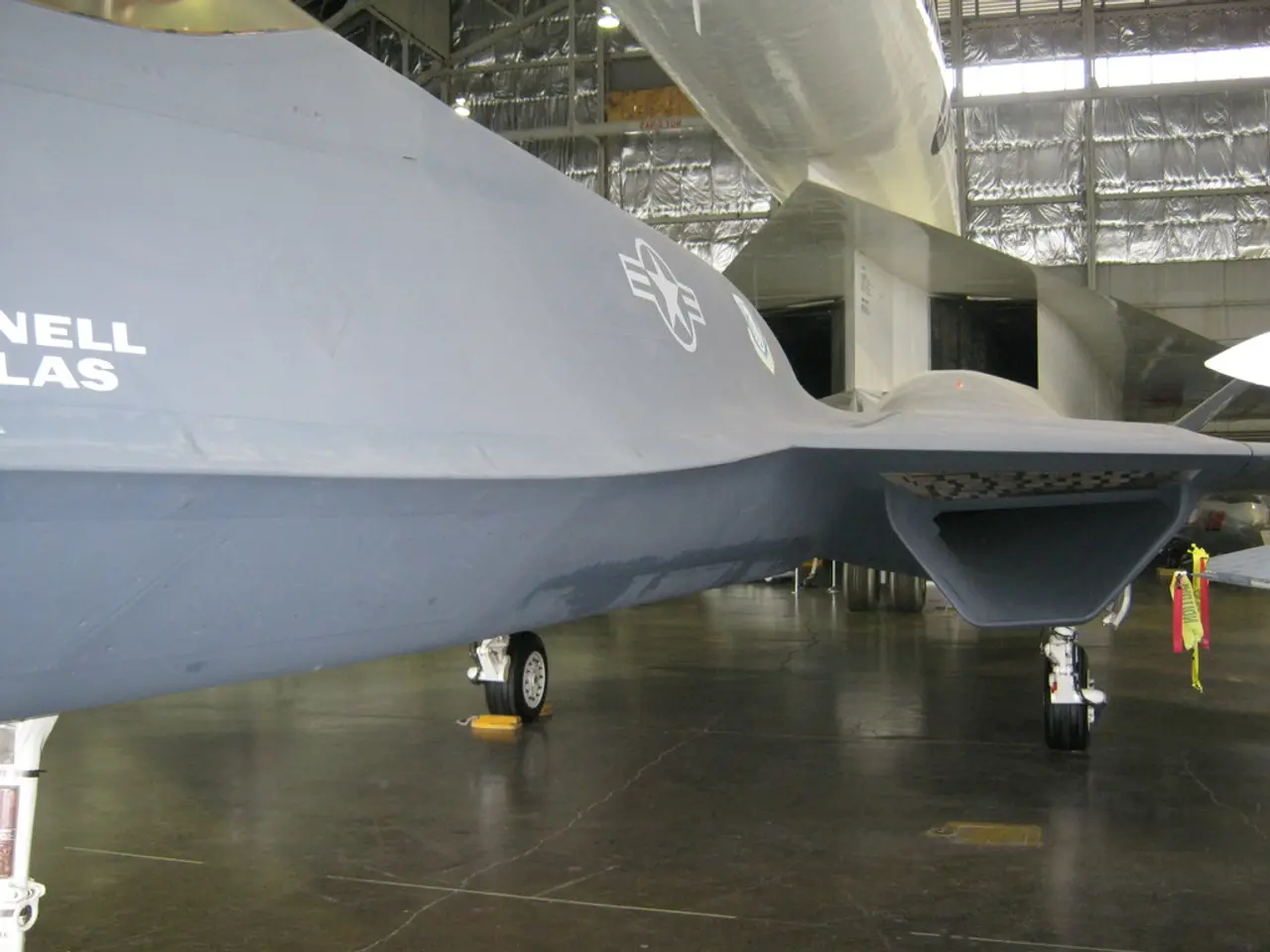In the course of Operation Sindoor, India successfully destroyed 5 Pakistani fighter jets and a surveillance aircraft.
On August 9, 2025, the Indian Air Force (IAF) shared the details of Operation Sindoor, a large-scale military operation launched on 7 May 2025, targeting terrorism-related infrastructure in Pakistani-administered Azad Kashmir and Punjab. The operation, which lasted approximately 80 to 90 hours, was an integrated, multi-domain strike employing air, missile, artillery, and advanced electronic warfare capabilities.
The operation saw the IAF employing various weapons systems, including long-range M982 Excalibur artillery, Israeli-supplied SkyStriker loitering munitions, BrahMos cruise missiles, and air strikes by the Indian Air Force's Rafale jets armed with SCALP missiles and AASM Hammer bombs.
One of the key highlights of Operation Sindoor was the involvement of the Russian S-400 missile system, recently acquired by India. Air Chief Marshal AP Singh revealed that the S-400 system played a pivotal role in air defense and offensive strikes, allowing India to neutralize Pakistani aircraft and surveillance assets at extended ranges, significantly degrading Pakistan's air capabilities during the operation. The CAS revealed that the system was instrumental in downing at least five Pakistani fighter jets and one large surveillance aircraft, marking the longest-range recorded surface-to-air kills (over 300 km).
The IAF targeted nine sites, including hangars in Jacobabad and Bholari in Pakistan, and destroyed key infrastructure such as two command control centres at Muridke and Chaklala, two Surface-to-Air Guided Weapon (SAGW) systems in Lahore and Okara, at least six big and small radars, and the runways at the Sargodha and Rahim Yar Khan airbases.
The operation resulted in significant damage to Pakistani military assets, including fighter jets, surveillance aircraft, radar systems, and command centers. However, it was not without controversy. In 2019, during the Balakot airstrikes, the IAF could not retrieve images from targeted sites, making it difficult to explain the success of the operation to their own citizens. This time, the IAF was able to retrieve videos of their strikes, allowing them to explain their success to their citizens and the world.
Air Chief Marshal AP Singh, speaking at the 16th Air Chief Marshal L M Katre Memorial Lecture in Bengaluru, emphasized the importance of Air Power in modern military conflicts and its significance in national security. He identified synchronisation between military and political leadership and the decisive role of Air Power as key imperatives behind the success of Operation Sindoor. The CAS also highlighted the presence of political will and the absence of restrictions as crucial factors for the operation's success.
The news article was accompanied by a photograph of Air Chief Marshal AP Singh, with photo credit to ALLEN EGENUSE J. The operation was a testament to India's growing military capabilities and its determination to combat terrorism and secure its borders.
[1] Operation Sindoor: India's Major Military Operation Against Pakistan [2] India's S-400 Missile System Plays Crucial Role in Operation Sindoor [3] Pakistan Claims to Have Intercepted and Destroyed Israeli Harop Drones During Operation Sindoor [4] India's Operation Sindoor: A Game-Changer in Modern Military Conflicts
[5] Economic Analysis: The Impact of Operation Sindoor on India's Exports and Trade[6] Business Insight: Assessing the Subscription Rates of General-News Publications Post-Operation Sindoor[7] Sports Highlight: The Effect of Operation Sindoor on the morale of Indian Sports Teams[8] Infrastructure Review: An Investigation into the Infrastructure Damage in Pakistani Territories from Operation Sindoor[9] Economic News: Evaluating Pakistan's Response to Operation Sindoor in Terms of Government Spending and National Economy








